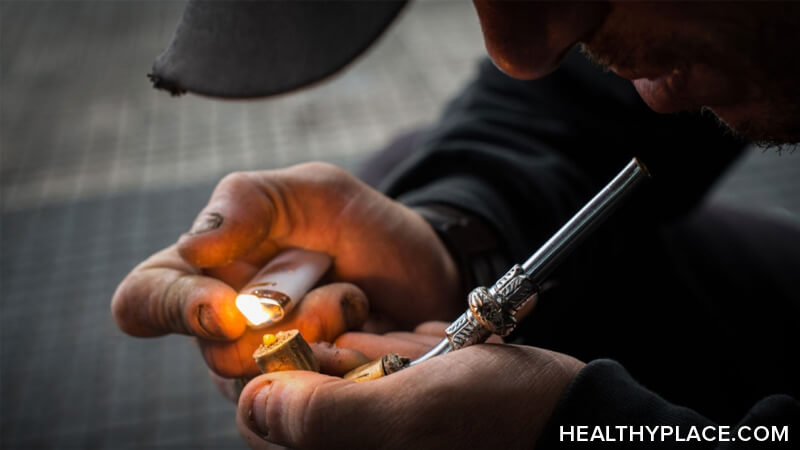Crack Addiction: Addiction to Crack Cocaine

Crack is considered to be the most addictive form of cocaine leading to substantial crack addiction rates in those who try the drug. Some experts also believe that crack is the most addictive of any drug. Crack cocaine releases a chemical in the brain called dopamine, making the user temporarily feel euphoric and prone to seeking more of the drug, and ultimately, crack addiction.
Crack Addiction: Who Suffers Addiction to Crack Cocaine?
Crack addiction can happen to anyone but crack addiction typically occurs after someone becomes a recreational cocaine user. Because crack has a faster, more intense high, powder cocaine users may be attracted to crack cocaine and once used, crack addiction is very common.
The profile of a typical crack user is an African-American man between the ages of 18 - 30 from a poor socioeconomic background.
Crack cocaine addiction statistics on American youth from 2003 include:
- Of eighth and tenth graders: 0.7% have used crack within the last month, 1.6% in the past year, and approximately 2.6% ever
- Of twelfth graders: 0.9% have used crack within the last month, 2.2% in the past year, and 3.6% ever1
Crack Addiction: Crime, Poverty and Addiction to Crack Cocaine
The link between crack cocaine addiction and poverty is seen throughout North America. Many crack addicts are homeless or in transient housing.
Addiction to crack cocaine and crime also has a clear link. In the U. K., crack cocaine users reported the highest amount of money spent on the drug and the highest rate of crime. This heightened crime was echoed in a study comparing crack cocaine to heroin. Specifically, addiction to crack cocaine makes a person more likely to steal, commit a violent crime or end up in jail.2
Crack Addiction: Why is Crack Cocaine Addiction so Common?
According to the National Survey on Drug Use and Health, done in 2003, 4% of Americans age 12 and older have tried crack cocaine and more than 40,000 emergency room visits were crack cocaine-related in 2002.
Crack cocaine is prolific, available in every major American city, and inexpensive compared to other drugs, making a crack cocaine addiction easy to fall victim to. Addiction to crack cocaine is also common because crack triggers the reward system in the brain, making a person feel very good. Once this euphoric feeling passes through, in less than 20 minutes, the user is left feeling worse than before they used crack, leading them to use more of the drug to stop feeling bad. This cycle commonly leads to crack addiction.
Crack addiction is also extremely difficult to treat as relapse rates are thought to be between 94% - 99%.3
APA Reference
Tracy, N.
(2021, December 15). Crack Addiction: Addiction to Crack Cocaine, HealthyPlace. Retrieved
on 2026, January 3 from https://www.healthyplace.com/addictions/cocaine-addiction/crack-addiction-addiction-to-crack-cocaine



